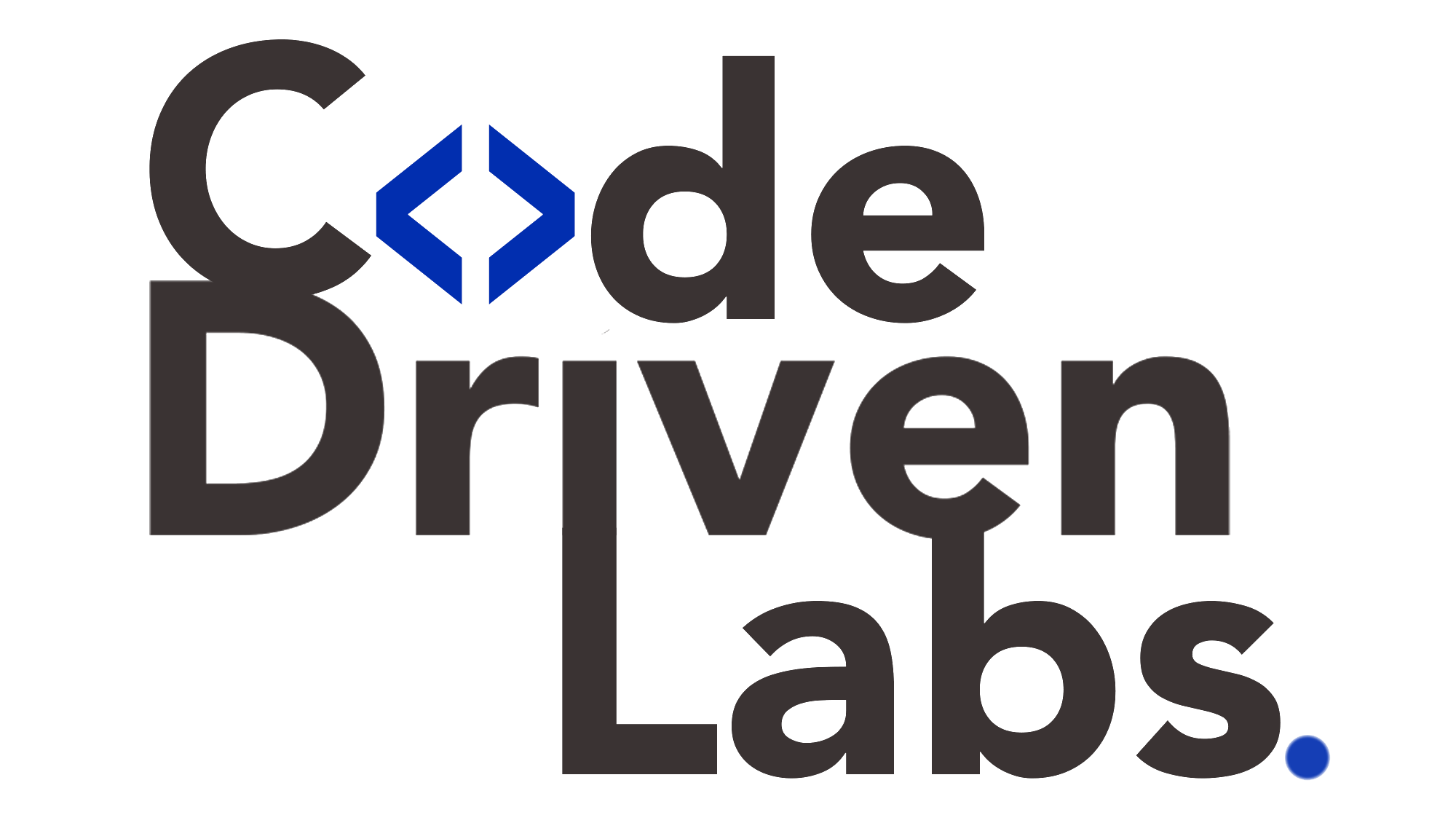Level up your business with US.
- Home
- From Monolith to Cloud-Native: Navigating the Next Wave of Software Engineering
From Monolith to Cloud-Native: Navigating the Next Wave of Software Engineering
August 28, 2025 - Blog
From Monolith to Cloud-Native: Navigating the Next Wave of Software Engineering
Software engineering has always evolved alongside business needs, technological innovations, and shifts in user expectations. From mainframes to client-server models, and from monolithic applications to microservices, every wave of change has reshaped how businesses build, deploy, and scale software. Today, we stand at a pivotal point: the transition from monolithic systems to cloud-native architectures.
This transition is not just about infrastructure—it represents a complete rethink of how applications are designed, deployed, and maintained. Cloud-native software engineering emphasizes scalability, resilience, and agility, empowering businesses to respond faster to market demands. But navigating this transition is not without challenges, and success requires new strategies, new mindsets, and new environments like code-driven labs to ensure the transformation is both seamless and sustainable.

Understanding the Shift: From Monoliths to Cloud-Native
What are Monolithic Applications?
Monolithic architectures are traditional software models where all components—user interface, business logic, and data layers—are tightly integrated into a single application. They are often reliable, but they come with notable limitations:
-
Difficult to Scale: Scaling a monolith means duplicating the entire application, even if only one module needs additional resources.
-
Slow Development: Large codebases make testing, debugging, and adding new features cumbersome.
-
Limited Flexibility: Monoliths are tied to specific infrastructures, making them hard to adapt to changing business or technological needs.
What is Cloud-Native Software Engineering?
Cloud-native architectures are built specifically to leverage cloud environments. They rely on microservices, containerization (e.g., Docker), orchestration tools (e.g., Kubernetes), and continuous integration/continuous deployment (CI/CD) pipelines. Key characteristics include:
-
Scalability: Individual services can be scaled independently.
-
Resilience: Failure in one microservice does not crash the entire system.
-
Agility: Teams can develop, test, and deploy independently, enabling faster releases.
-
Portability: Containerized applications can run across different environments without modification.
This is why cloud-native is seen as the next wave of software engineering—it matches modern business demands for speed, flexibility, and global reach.
Why Businesses are Moving to Cloud-Native
-
Meeting Customer Expectations
Customers demand fast, seamless, and personalized digital experiences. Cloud-native enables continuous delivery of updates without downtime. -
Scaling with Business Growth
As companies expand, their software must handle higher traffic, more transactions, and complex workloads. Cloud-native solutions scale elastically to meet demand. -
Reducing Operational Costs
By leveraging cloud infrastructure, organizations only pay for what they use, avoiding the expense of overprovisioned hardware. -
Supporting Innovation
Cloud-native architectures foster experimentation. Businesses can deploy new features, test them, and roll them back quickly if needed. -
Future-Proofing Systems
Cloud-native design ensures that businesses remain adaptable to emerging technologies like edge computing, IoT, and AI-driven workflows.
Challenges in the Transition
Despite its advantages, moving from monolithic to cloud-native is complex. Some of the key challenges include:
-
Cultural Shifts: Development teams must embrace agile practices, DevOps culture, and collaborative workflows.
-
Tooling Complexity: Cloud-native ecosystems involve multiple tools for CI/CD, monitoring, orchestration, and security.
-
Migration Risks: Refactoring monolithic applications into microservices can disrupt business operations if not managed carefully.
-
Security Concerns: With more components comes a larger attack surface, requiring stronger security practices.
-
Skill Gaps: Developers, testers, and operations teams must reskill to manage distributed cloud-native systems.
This is where structured experimentation and validation environments like code-driven labs become critical.
How Code-Driven Labs Help in Cloud-Native Transformation
Code-driven labs act as automated, collaborative environments where organizations can experiment, validate, and scale software engineering practices safely. They bridge the gap between monolithic systems and cloud-native innovation.
Here’s how they help at every stage of the journey:
1. Safe Experimentation and Refactoring
Refactoring a monolith into microservices is risky. Code-driven labs provide sandbox environments where teams can test microservice breakdowns, simulate traffic, and validate interoperability before deploying to production.
2. Automated Testing Pipelines
Cloud-native systems rely on continuous integration and delivery. Code-driven labs integrate automated pipelines that validate performance, scalability, and security every time new code is introduced. This ensures changes don’t break critical services.
3. Governance and Compliance
With distributed microservices, governance becomes essential. Code-driven labs embed policy-as-code frameworks that enforce compliance (e.g., GDPR, HIPAA, PCI DSS) automatically across deployments.
4. Enabling Collaboration Across Teams
Cloud-native development requires collaboration between developers, testers, security teams, and operations. Code-driven labs provide shared environments where all stakeholders can contribute in real time, reducing silos.
5. Observability and Monitoring
Cloud-native systems generate massive amounts of telemetry. Labs integrate observability tools that track service health, latency, and anomalies. Developers can detect and fix bottlenecks proactively.
6. Continuous Learning and Skill Development
As teams adapt to cloud-native practices, code-driven labs serve as training grounds. Developers and testers can practice microservice deployments, container orchestration, and CI/CD automation without impacting production systems.
7. Accelerating Innovation
Labs enable rapid prototyping of new features in a production-like environment. Teams can test cutting-edge technologies such as AI-driven monitoring, edge computing, or serverless functions while minimizing risk.
Industry Use Cases of Cloud-Native Adoption
Retail
Retailers use cloud-native to scale e-commerce platforms during seasonal spikes. Code-driven labs validate payment integrations, fraud detection algorithms, and personalized recommendation engines before live rollout.
Healthcare
Hospitals and health-tech companies adopt cloud-native systems for secure patient data management and telemedicine platforms. Labs ensure compliance with regulations like HIPAA while enabling real-time, resilient data exchange.
Finance
Banks and fintech firms transition to microservices for faster transaction processing and fraud detection. Code-driven labs help test high-volume transaction workloads and ensure security at scale.
Manufacturing
Smart factories rely on IoT and predictive analytics powered by cloud-native architectures. Labs test sensor data ingestion pipelines, machine-learning predictions, and real-time monitoring dashboards.
Best Practices for Navigating the Transition
-
Start Small: Break down monoliths incrementally. Begin with non-critical services and gradually expand.
-
Adopt DevOps Practices: Foster collaboration between development and operations through automation, CI/CD, and shared accountability.
-
Invest in Observability: Build monitoring into the system from the start—logs, metrics, and traces are vital.
-
Prioritize Security: Integrate security testing into CI/CD pipelines to avoid vulnerabilities in distributed environments.
-
Leverage Code-Driven Labs: Use labs for testing, training, and governance to reduce risks and accelerate adoption.
The Future of Software Engineering in a Cloud-Native World
The move from monoliths to cloud-native is more than a technical upgrade—it represents the future of software engineering. Developers will no longer focus on managing monolithic codebases but on orchestrating distributed services, designing resilient systems, and ensuring ethical, secure, and scalable software delivery.
Cloud-native engineering also paves the way for deeper integration of emerging technologies:
-
AI and Machine Learning: Real-time inference at scale.
-
Edge Computing: Extending cloud capabilities closer to users and devices.
-
Serverless Architectures: Reducing operational overhead by relying on event-driven systems.
Code-driven labs will remain the backbone of this future—supporting experimentation, validating compliance, and enabling organizations to innovate without compromising stability or trust.
Conclusion
The journey from monolith to cloud-native is one of the most significant transformations in software engineering history. It empowers organizations to build scalable, resilient, and agile systems while meeting the ever-evolving demands of users and markets.
Yet, this journey is fraught with challenges—ranging from cultural resistance to technical complexity. To navigate these successfully, businesses need structured environments that balance innovation with safety. Code-driven labs provide exactly that: enabling safe experimentation, continuous testing, compliance enforcement, and team collaboration.
